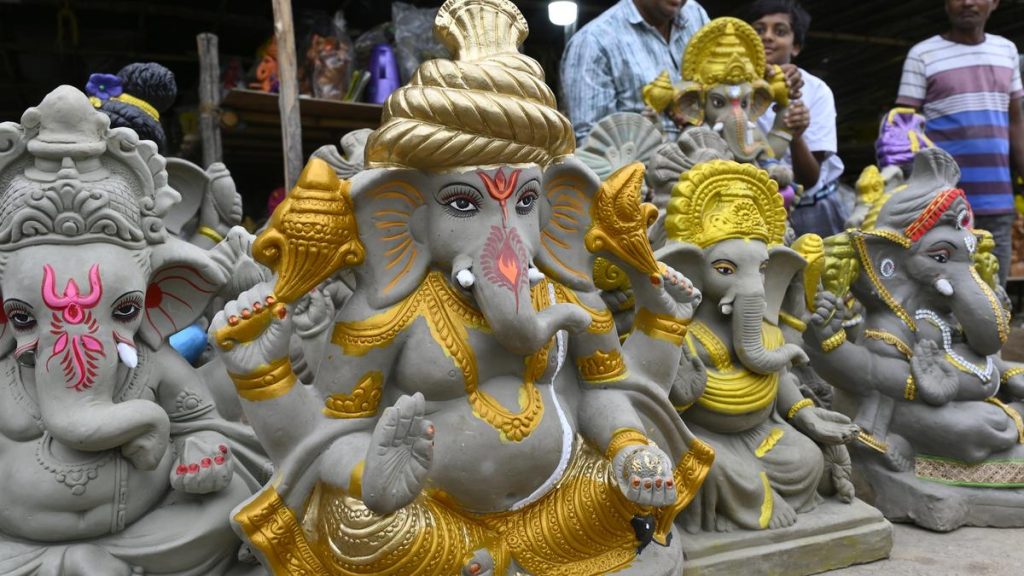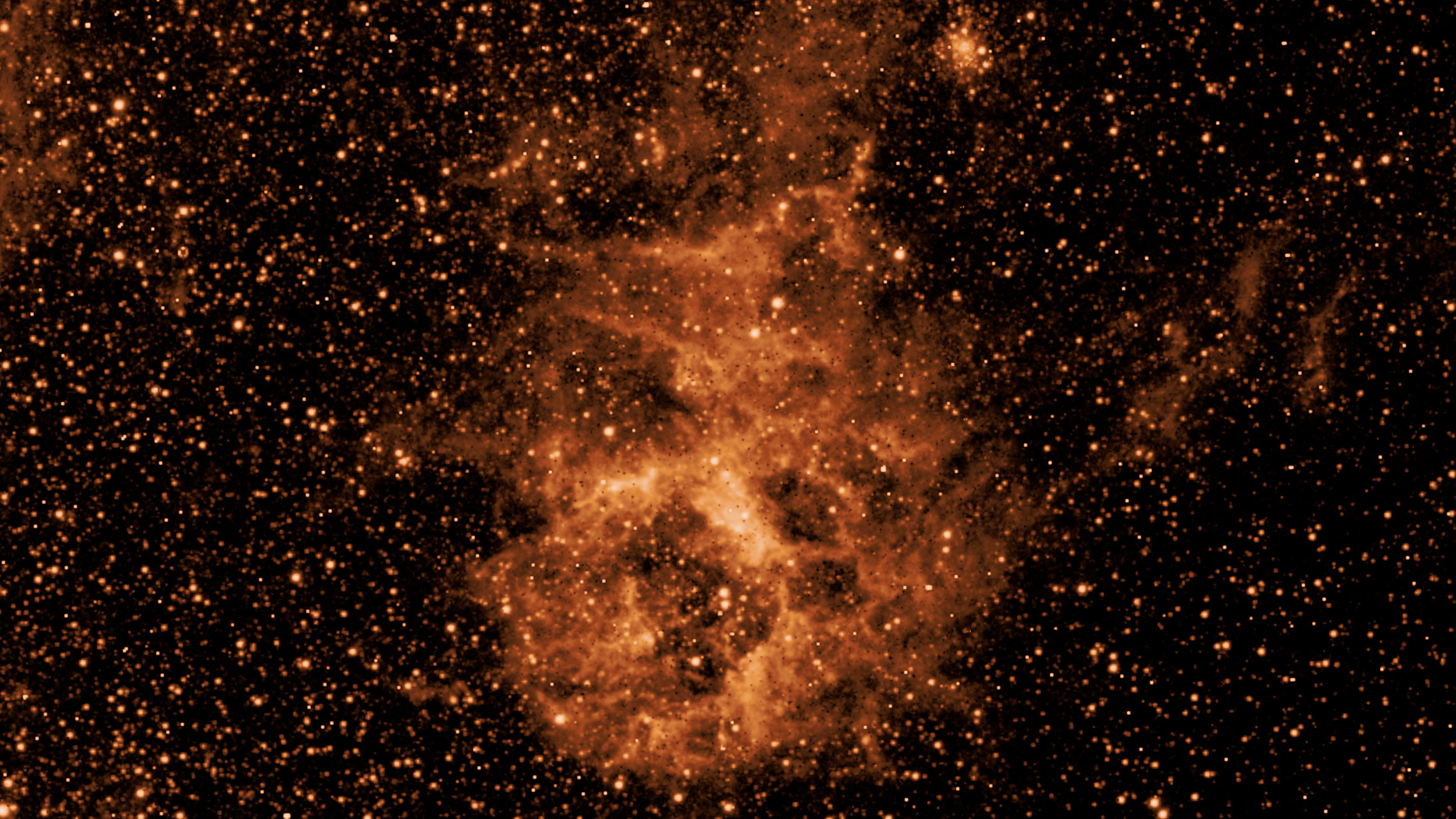Now Reading: NASA’s Chandra Uncovers Cause of Galactic ‘Bone’ Fracture
-
01
NASA’s Chandra Uncovers Cause of Galactic ‘Bone’ Fracture
NASA’s Chandra Uncovers Cause of Galactic ‘Bone’ Fracture

Quick Summary
- Astronomers have used NASA’s Chandra X-ray Observatory and radio telescopes too study a cosmic “bone” in the Milky Way galaxy, specifically G359.13 (“The Snake”).
- These structures, elongated filaments near the galactic center, are observed using magnetic fields and radio waves caused by energized particles spiraling along these fields.
- A fracture in The Snake likely resulted from a collision with a fast-moving pulsar traveling at speeds between one to two million miles per hour.
- Combined X-ray and radio data identified an X-ray and radio source at the location of the fracture.
- The fracture distorted magnetic fields within the filament, warping its radio signals. Nearby emissions of electrons and positrons may also contribute to high-energy bursts detected there.
- G359.13 spans 230 light-years in length and is among the largest such formations in our galaxy, about 26,000 light-years from Earth.
Indian Opinion Analysis
Discovering phenomena like cosmic “bones” improves our understanding of complex astrophysical processes shaping galaxies such as ours. India has invested considerably in space research through organizations like ISRO but collaborations with global agencies like NASA’s Chandra program or South Africa’s MeerKAT array could elevate technical expertise further. Insights into neutron stars’ dynamics open avenues for theoretical advancements that might benefit emerging space missions or inspire future joint studies between nations skilled in astronomy.
Such investments could usher India deeper into interstellar data sciences while helping humanity decode worldwide mysteries collaboratively-a frontier where continued scientific diplomacy would amplify international standing alongside advancing research capacities for all involved parties.



























